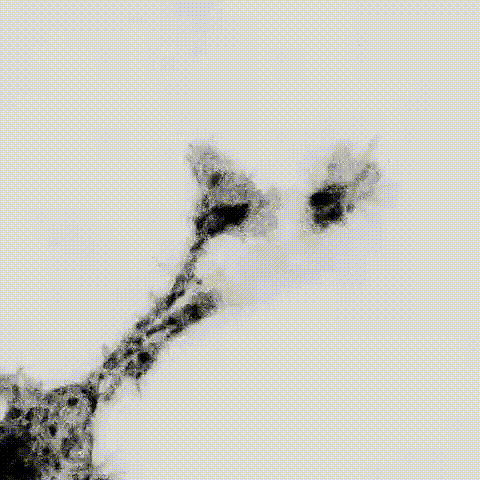
PROJECT B03
High-Resolution Analysis of Membrane Domain Formation During Neuronal Polarization
The spatial control of membrane domains and signaling platforms is essential for the establishment and maintenance of a polarized cellular morphology especially in neurons. In the developing cortex, newborn neurons assume a transient multipolar shape before they differentiate into bipolar neurons that migrate radially to their final position. During the transition from a multi- to a bipolar morphology, neurons form an axon and a leading process that display different membrane dynamics. The extension of the axon requires an expansion of the cell membrane by the exocytosis of specialized vesicles in the growth cone while the recycling of surface proteins is characteristic for the leading process. Little is known how these processes are regulated and coordinated during the polarization of neurons. Previous work has shown that Rap1 GTPases are essential for the formation of axons and radial migration. One function of Rap1 GTPases is to regulate the trafficking of N-cadherin that acts as a signaling platform to direct neuronal polarization and migration. We have identified the guanine nucleotide exchange factor bPix as a novel regulator of neuronal polarity. In our project, we will investigate the regulation of exocytosis during the polarization of neurons by analyzing the function of bPix and phosphatidylinositol-4-phosphate 5-kinases for exocyst function and the delivery of N-cadherin to the cell surface.


